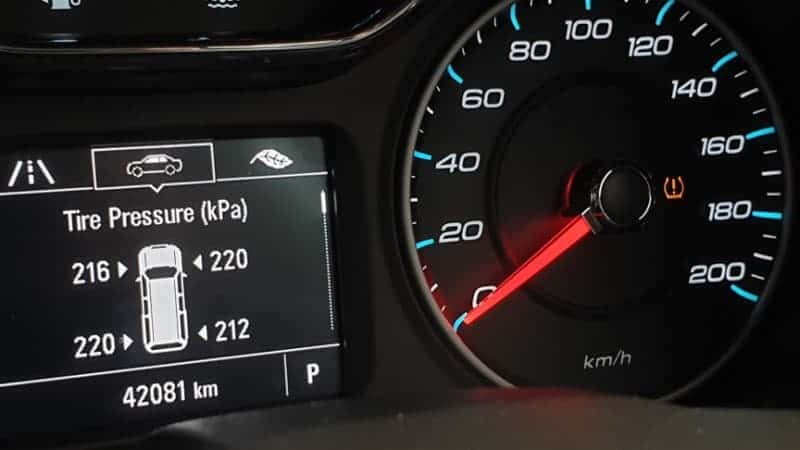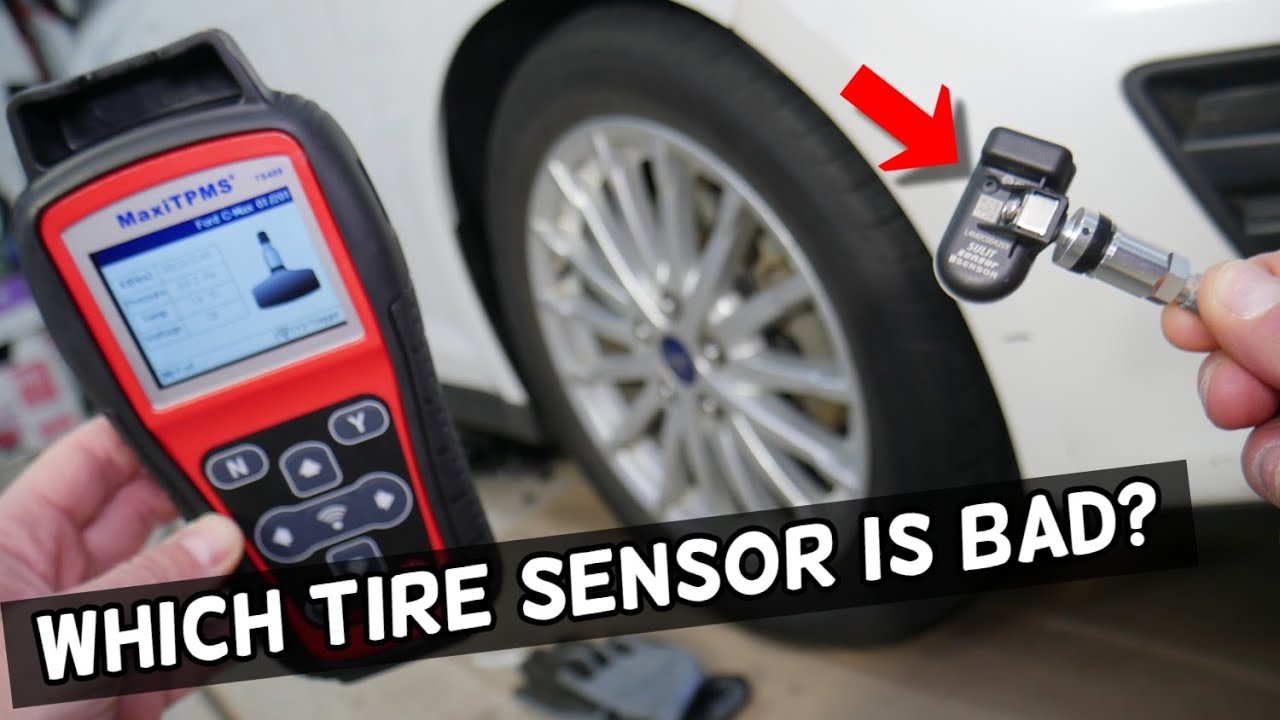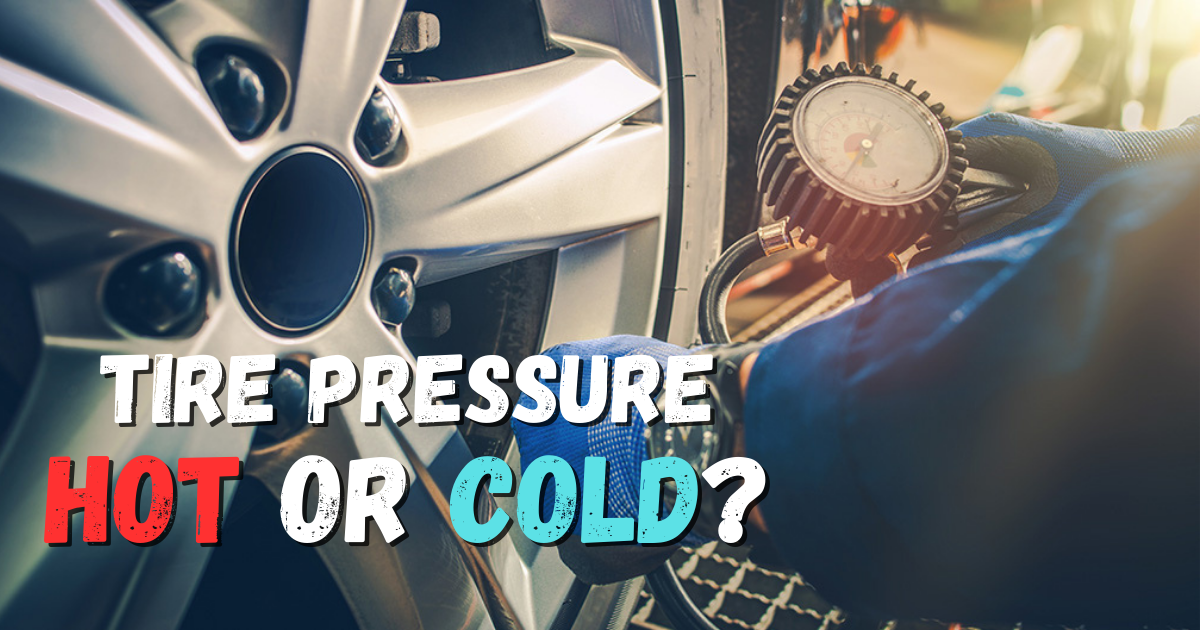One of the most important parts of an automobile that guarantees a comfortable ride is the tires. It is important to know the correct pressure for inflating tires. If you don’t have that, the dashboard warning light can come on. What does it look like when the tire pressure sensor is faulty?
Each tire has a tiny microprocessor called a pressure sensor that acts as a “alert” in the event that the tire pressure is too high or too low. In the US, they have been required on all automobiles since 2007.
What Causes Tire Pressure Sensor Fault?

For example, if the tire pressure sensor notices an issue, it will notify the car’s computer. After that, the dashboard’s bright yellow light will become visible to you. That U-shaped symbol with the exclamation point in the middle must have caught your eye, didn’t it?
The dashboard displays a number of possible causes for the tire pressure sensor malfunction in the vehicle. A lot more, because people drive their cars in all kinds of weather and on all kinds of various terrains. However, the following are some typical reasons why the tire pressure sensor problem could manifest.
- Low Tire Pressure
- Worn Tire Pressure Sensors
- Problems with the Tire Pressure Management System
- Wiring Issues

Symptoms of Bad Tire Pressure Sensor
Tire pressure sensors typically come in two varieties: valve and band. Still, you can see that the car’s tyre pressure is low thanks to both of them shining brightly on the dashboard. Not every vehicle has this fantastic gadget, but in the US it is now required because of how important it is.
Please be aware that the tire pressure issue shares symptoms with the majority of automotive problems. These signs clearly indicate that the TPMS is malfunctioning.
So, even if the dashboard lights seem to be malfunctioning, you may still remedy the problem swiftly. Possible symptoms include the following.
- Engine Check Light
- Increased Fuel Economy
- Uneven Tire Wears
- The Steering Wheel Jerks
- Weird Noise from the Wheel
What happens if you Ignore the Tire Pressure Sensor Warning
Your car’s handling, traction, and safety are all jeopardized if you disregard the warning light on the tire pressure sensor. Fuel economy, handling, and stopping distances can all take a hit when tires are underinflated. You might end up having to replace your tires sooner than expected if it causes uneven wear.
Ignoring the warning light from the tire pressure sensor could also cause a blowout or other hazardous driving conditions. Low tire pressure causes the tire sidewalls to bend more than normal while driving. This results in an overheating situation that eventually leads to their rapid failure or burst.
Hence, the warning from the tire pressure sensor should not be disregarded. What you should do instead is act swiftly upon seeing that alert. At the very least once a month, or before any lengthy journey, you should check the pressure on your tires. And be sure to inflate them to the amount suggested by the manufacturer. It is recommended that you get the opinion of a skilled technician if you are still unsure.
Conclusion
Now more than ever, a tire pressure monitor is an essential safety feature for every vehicle. With this gadget installed, the “tire pressure sensor fault” will be shown on the dashboard of the vehicle. If there’s a problem, like low tire pressure, it will show up.
Getting a warning like this could motivate you to fix the issue sooner rather than later, before it gets worse. Your dashboard warning light can be flashing for causes other than low tire pressure. You can also discover some typical symptoms, and the article has great advice for dealing with them.




